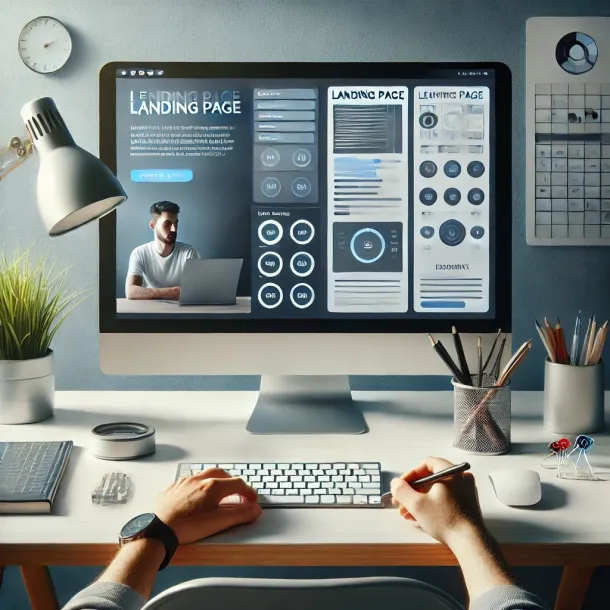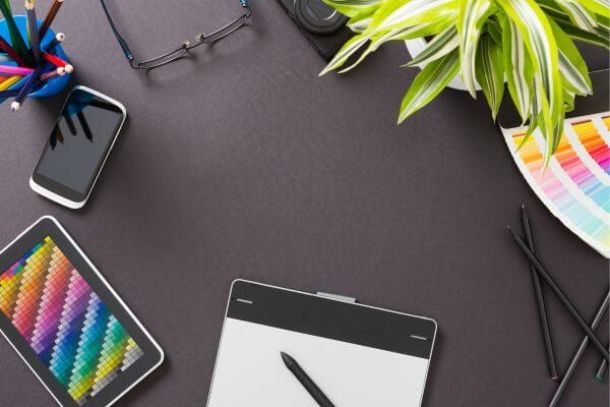Design Essentials: A Beginner’s Roadmap to Success
Design Essentials: A Beginner’s Roadmap to Success
Embarking on a design career can feel overwhelming, but having a clear roadmap can help. This article outlines essential steps and skills that every beginner designer needs to develop a strong foundation and achieve success in the field.
Step 1: Understand the Basics of Design Theory
Design theory is the foundation of all great designs. Key principles include:
- Balance and Alignment: Ensures visual stability.
- Contrast: Draws attention to focal points.
- Hierarchy: Guides the viewer’s eye to prioritize information.
Mastering these principles helps you create visually appealing and effective designs.
Step 2: Learn Essential Design Software
Proficiency in design software is essential for translating ideas into reality. Industry-standard tools include:
- Adobe Photoshop: Ideal for photo editing and graphic creation.
- Adobe Illustrator: Perfect for vector-based designs, like logos and illustrations.
- Figma: Great for UI/UX design and collaborative projects.
Focusing on one tool at a time can make the learning process smoother.
Step 3: Develop Your Creative Process
Every designer needs a creative process. Common stages include research, ideation, sketching, and finalizing the design. Following a process helps you stay organized, consistent, and efficient.
Step 4: Build a Portfolio
A portfolio showcases your skills and style. Even if you’re just starting out, include personal projects and explain your design choices. A well-curated portfolio is essential for attracting clients or landing jobs.
Final Tips for Beginners
Starting a design career is an exciting journey that requires patience, practice, and a willingness to learn. Focus on building your foundational skills, developing a creative process, and consistently updating your portfolio. With dedication, you’ll find success in the field.

